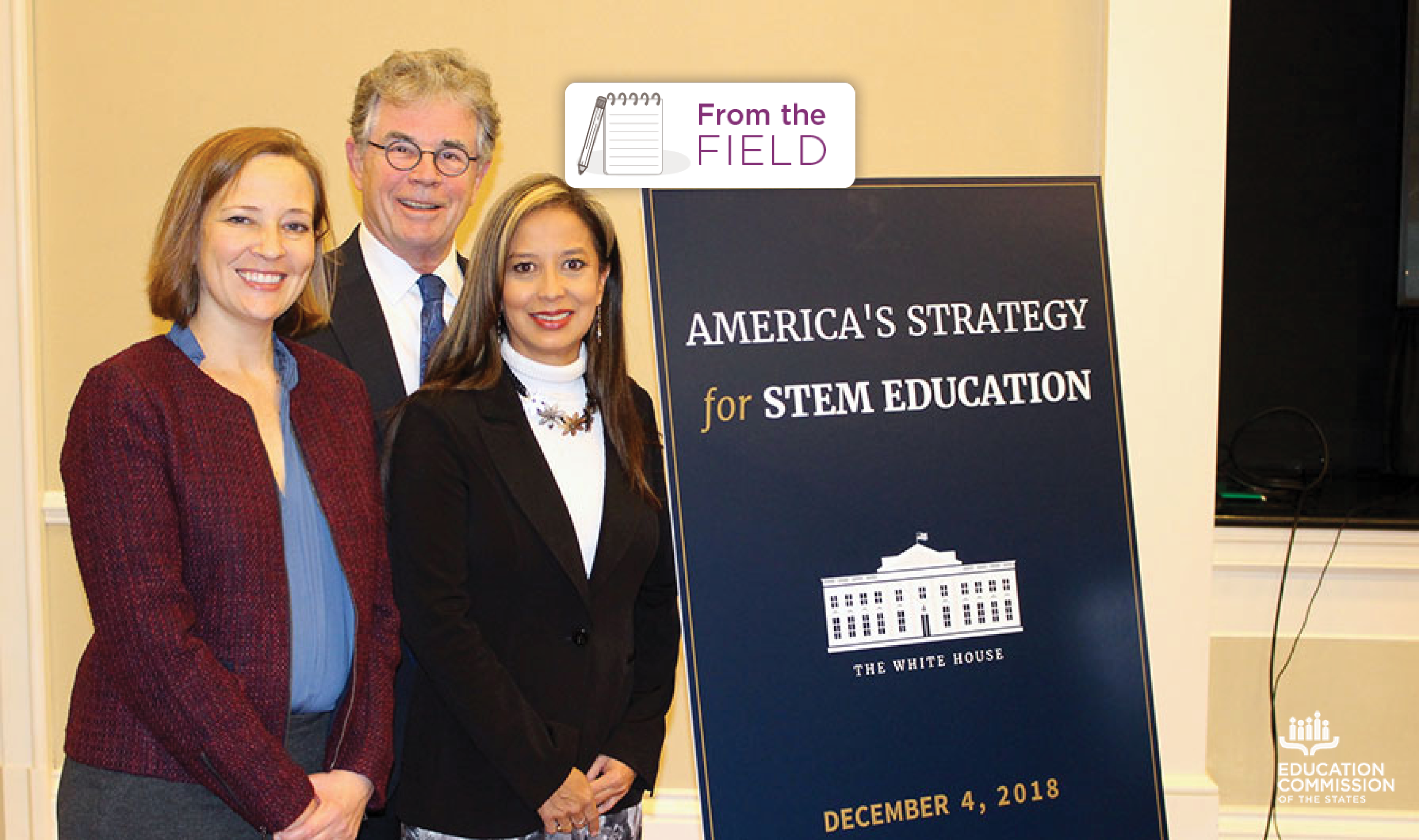Career/technical education (CTE) will likely remain a hot topic in 2016. Yet, to better prepare high school students for tomorrow’s jobs, states need to replace piecemeal approaches to CTE policymaking with an integrated, comprehensive approach. This top 10 list (in no particular order) identifies key aspects of a comprehensive approach to high school CTE policy.
- Major investments: Just like a home that hasn’t been updated in decades, updating high school CTE programs to align with current jobs requires a significant investment. California is a poster child for this, making a $250 million investment in the California Career Pathways Trust annually since 2013.
- Business/industry involvement: K-12 and postsecondary educators need input from the field to ensure educational experiences align with workforce demands. States are increasingly establishing structures (and financial supports) for industry and education stakeholders to collaborate in retooling CTE programs. A quick sampling of those efforts in 13 states is available in this Education Commission of the States report.
- Data and accountability: Getting data on career opportunities into the hands of students, parents and others will help youth make informed decisions about their options. Texas 2015 legislation creates postsecondary education and career counseling academies to inform secondary school counselors on numerous areas, including regional workforce needs. And using metrics and reporting systems that will truly indicate how well CTE programs are preparing students is essential. See the report Making Career Readiness Count.
- New, aligned curricula: See No. 1. Many workplaces bear little resemblance to their 1996 counterparts, yet many CTE classrooms dis-serve students and prospective employers by using outdated curricula and materials. See California Career Pathways Trust.
- Real-world learning opportunities: Meaningful work-based learning (job shadowing, mentorships, internships, etc.) is invaluable. Tennessee wins a prize here. Per a directive, the Department of Education has developed a Work-Based Learning Implementation Guide to ensure experiences are high-quality (and students aren’t just going on coffee runs and making copies).
- Incentivizing certification/licensure: While accountability systems may be a “stick” for schools to offer programs leading to industry-recognized credentials, students may need a “carrot” to pursue rigorous training programs. As highlighted in this Progress of Education Reform, some states are embedding industry-recognized credentials into requirements for a CTE endorsement to the high school diploma.
- Graduation requirements (standard and honors): States increasingly are allowing students to apply relevant CTE courses towards completion of high school graduation requirements. And creation of an honors diploma - or an endorsement to the standard diploma - may encourage more students to take course sequences preparing them to earn industry-recognized credentials.
- Dual enrollment/early college high school (ECHS): States need to ensure CTE early college options are accessible, and that tuition and course material costs (which can be substantial in certain CTE courses) are not a barrier to participation. Kansas’ Excel in CTE program provides free tuition to students enrolled in courses leading to a credential in a high-demand occupation (identified annually by the Board of Regents).
- Career exploration, counseling: As Sally Ride famously said, “you can’t be what you can’t see.” See Texas 2015 B. 18 again.
- Teacher qualifications: States need to make sure CTE instructors have current knowledge of their field (via externships or current industry credentials as appropriate), and are paired as needed with an academic instructor to integrate relevant academic standards. A bonus of teacher externships: Iowa data suggest that while students whose teachers participated in an externship were more likely to report interest in STEM than before the externship, female students were even more inclined to than males.








